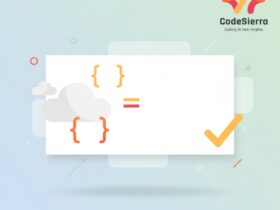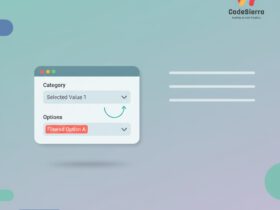Overview
A Salesforce Sandbox is an isolated copy of your production Salesforce environment used for development, testing, and training without affecting live data or business processes. Sandboxes let teams safely build features, test integrations, and validate configuration changes before deploying them to production.
Why use a Sandbox?
Key reasons to use sandboxes include:
- Safe testing and development away from production
- Data and metadata validation before deployment
- Training users in a realistic environment
- Integration testing with external systems
Types of Salesforce Sandboxes
Salesforce provides several sandbox types tailored to different use cases. Choosing the right sandbox depends on the required data fidelity, refresh frequency, and storage limits.
1) Developer Sandbox
Developer sandboxes are designed for individual developers and are small, low-cost copies of production metadata (no production data by default). They include:
- Metadata only (configuration, code, custom objects, layouts)
- Limited storage (suitable for single-developer tasks)
- Fast refresh (once per day)
2) Developer Pro Sandbox
Developer Pro sandboxes are similar to Developer sandboxes but provide more storage for larger development tasks and testing:
- Metadata-only with expanded storage capacity
- Can hold more test data or larger codebases
- Refresh frequency similar to Developer sandboxes
3) Partial Copy Sandbox
Partial Copy sandboxes include metadata plus a sample of production data defined by a sandbox template. They are ideal for integration and user-acceptance testing when a subset of real data is needed:
- Includes metadata + selected data (up to a storage limit)
- Use sandbox templates to pick objects and sample data
- Refresh interval: typically every 5 days (varies by org edition)
4) Full Sandbox
Full sandboxes are complete replicas of production (both metadata and full data), used for performance testing, load testing, and final validation prior to release:
- Complete copy of production data and metadata
- Supports realistic performance and load testing
- Best for staging and end-to-end QA
- Longer refresh interval (commonly every 29 days)
Sandbox Refresh Considerations
When refreshing a sandbox, be aware:
- Refresh overwrites existing sandbox data and metadata
- Sandbox templates control which objects/data are copied into Partial Copy sandboxes
- Connected integrations and endpoints may need reconfiguration post-refresh (e.g., remote sites, OAuth tokens)
- User passwords and some sensitive data may be masked or removed according to org settings
Best Practices
- Use Developer sandboxes for feature development and unit testing
- Use Partial Copy for integration and UAT with sample data
- Use Full sandboxes for staging, load, and performance testing
- Keep a sandbox refresh schedule aligned with release cadence
- Document post-refresh tasks (repoint integrations, reset test users)
Quick Comparison (at a glance)
Developer — Metadata only, small storage, fast refresh.
Developer Pro — Metadata with increased storage.
Partial Copy — Metadata + sample data (sandbox templates).
Full — Exact replica of production (data + metadata), longer refresh cycle.
Sample Interview Answer (Concise)
A Salesforce Sandbox is an isolated copy of your production environment used for development, testing, and training. Types include Developer (metadata-only), Developer Pro (metadata with more storage), Partial Copy (metadata + selected sample data via templates), and Full (complete replica of production). Choose based on test scope, data needs, and refresh frequency.
Keywords: Salesforce Sandbox, Types of Sandbox, Developer Sandbox, Partial Copy, Full Sandbox, Developer Pro Sandbox










Leave a Reply